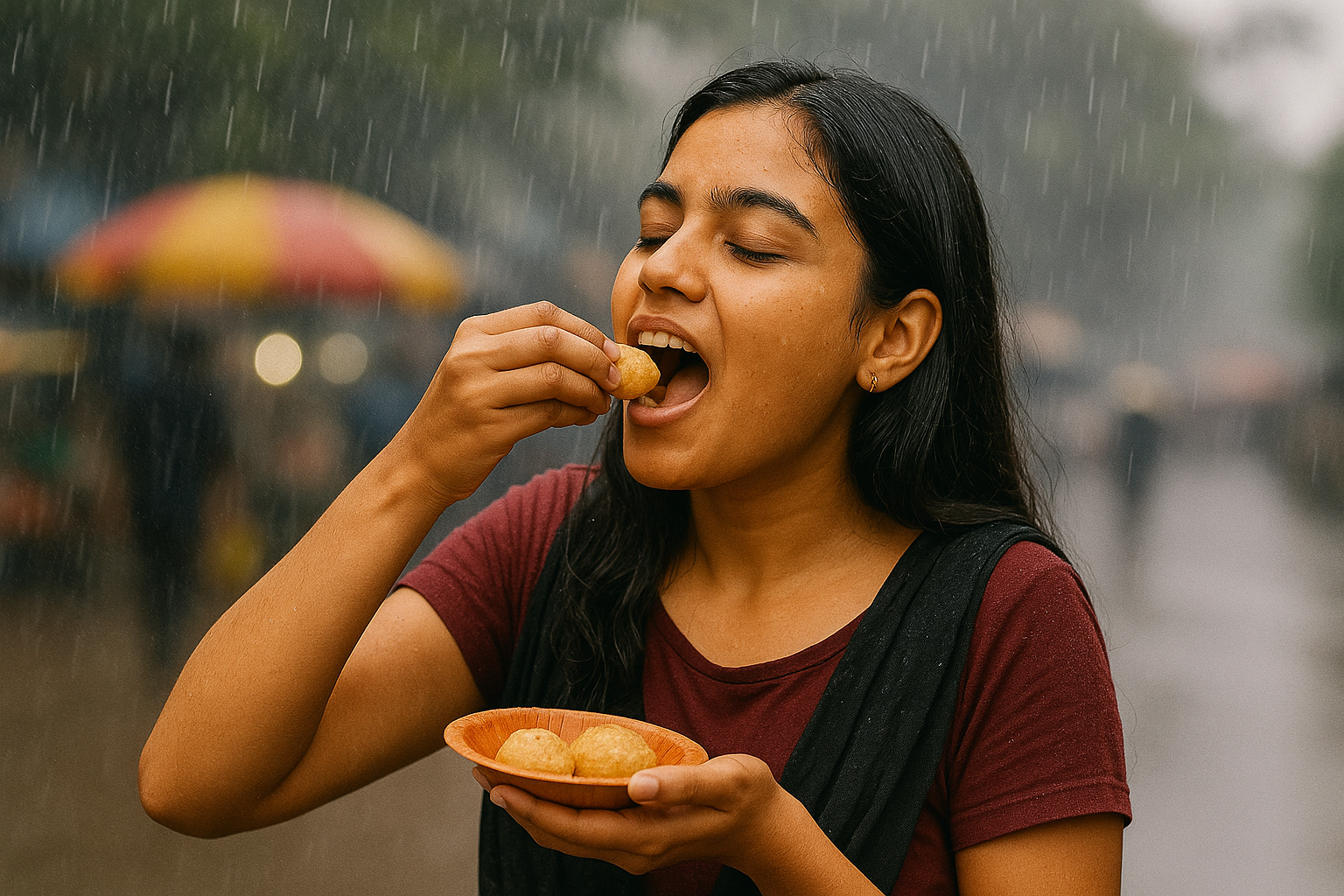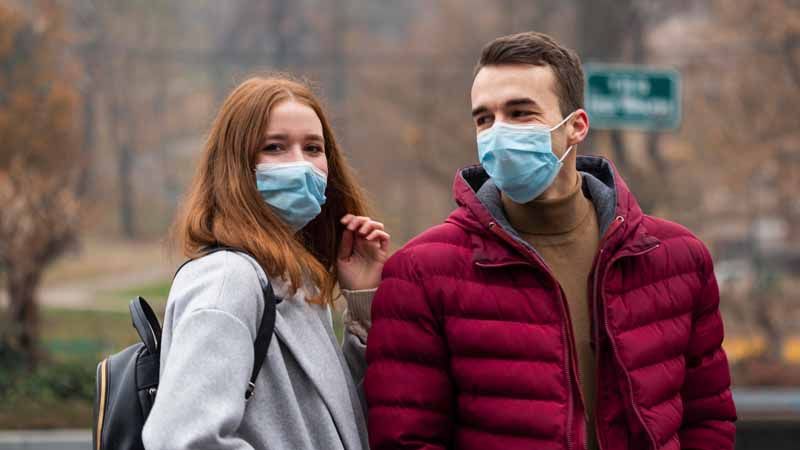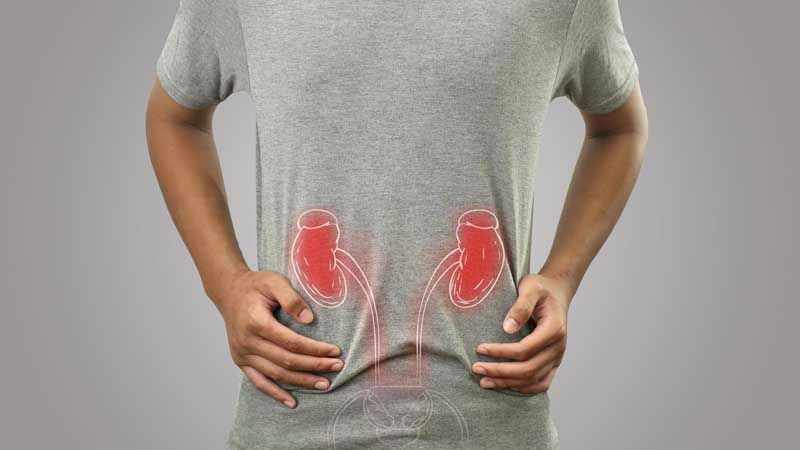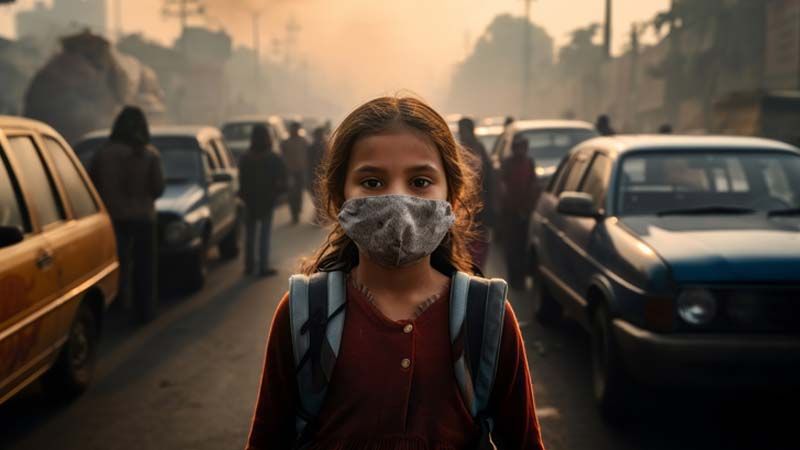Avoid Food Poisoning This Monsoon: Smart Eating Tips
- 3 months ago
The sound of rain tapping against your window, a warm cup of chai in hand, and an irresistible urge for piping hot momos, tangy chaat, or crunchy samosas—that’s the magic of monsoon. There’s something about this season that awakens your taste buds and makes street food feel like the perfect comfort. But while your heart may say yes, your stomach might soon regret it.
Why? Because the monsoon is also a prime time for food poisoning. The increased moisture in the air, unhygienic cooking environments, and poor food storage conditions create the perfect storm for bacteria and viruses to grow. If you're not careful, your favourite street-side indulgence could turn into a health hazard.
Let’s understand how to enjoy the monsoons without falling sick—and how to handle those outside food cravings safely.
Also Read: Is The Monsoon Messing With Your Gut?
Table of Contents
- Why Monsoon Season Increases the Risk of Food Poisoning?
- Foods You Should Be Careful About
- What Can You Eat Safely?
- Tips to Keep in Mind While Eating Out in the Rainy Season
- Craving Junk? Make It at Home!
- Watch Out for These Symptoms
- Prevention Is Always Better Than Cure
- Final Takeaway
Why Monsoon Season Increases the Risk of Food Poisoning?
During the rainy season, humidity levels shoot up. This sets the perfect conditions for harmful bacteria such as E. coli, Salmonella, and Listeria to grow, particularly on food that is:
- Improperly stored
- Made with unclean water
- Exposed to flies or dust
- Cooked with stale or reused oil
Monsoon also causes waterlogging and drainage problems, making it easier for sewage water to contaminate roadside food carts and raw ingredients. And because cravings lead many people to choose convenience over caution, foodborne illnesses are more common during this season.
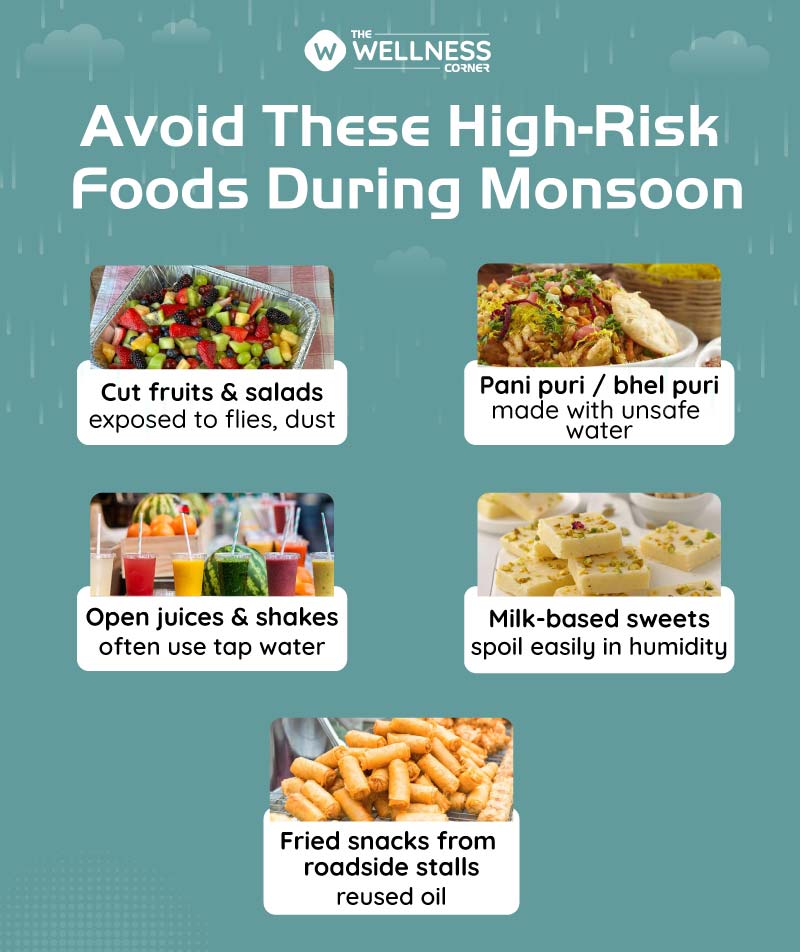
Foods You Should Be Careful About
If you must eat outside, try to steer clear of these high-risk food items, especially if you’re unsure about hygiene:
1. Cut Fruits and Salads
Sliced fruits or raw veggies (like cucumber or carrots) often sit out in the open, exposed to flies, dust, and unclean hands. During the monsoon season, higher humidity levels increase the chances of contamination.
2. Street Chaats (Pani Puri, Bhel Puri, etc.)
These favorites are hard to resist, but they often involve raw ingredients, chutneys, and flavored water—all of which may be prepared with contaminated water or stored without refrigeration.
3. Fried Snacks from Dubious Stalls
Reused oil becomes toxic and carcinogenic. If the vendor is using dark, foaming oil or cooking in an open space filled with flies, walk away.
4. Milk-Based Sweets and Desserts
Items like rasgulla, rasmalai, and kulfi spoil easily during the rainy season. Bacteria thrive in dairy, especially when it isn't refrigerated properly.
5. Open Juices or Shakes
These often contain unboiled or tap water, making them a major carrier of bacteria and parasites. Skip anything not prepared fresh in front of you using clean utensils.
Must Read: Here's How You Can Enjoy A Healthy Monsoon
What Can You Eat Safely?
Avoiding outside food completely may not be realistic. But making smarter choices can help you satisfy cravings without compromising your health.
Here are safer alternatives:
1. Freshly Cooked & Steaming Hot Items
Opt for freshly cooked food that’s prepared in front of you and served hot. Steam kills most bacteria, so dishes like idlis, dosas, hot soups, and momos (from trusted outlets) are relatively safer.
2. Boiled Beverages
If you’re out and need a warm pick-me-up, stick to tea or coffee served piping hot. Avoid drinks with added ice, as the ice may be made from unfiltered water.
3. Packaged or Branded Snacks
Opt for factory-packed snacks or bottled drinks with intact seals. These undergo quality checks and are less likely to be contaminated.
4. Home-Made Versions
Craving street food? Recreate it at home! You can prepare pani puri, sev puri, vada pav, or even samosas using wholesome ingredients and filtered water.
Tips to Keep in Mind While Eating Out in the Rainy Season
If you're stepping out and planning to eat, these precautions can save you from a stomach disaster:
1. Choose Hygienic Places
Pick eateries that follow hygiene protocols—wearing gloves, using hairnets, and keeping food covered. Avoid roadside stalls located near drains or garbage.
2. Watch the Water
Always carry your own water bottle or opt for sealed bottled water. Avoid ice cubes or drinks made from local water sources.
3. Eat Hot, Not Cold
Bacteria love food that’s been left at room temperature. Choose freshly made, hot food over anything cold, stale, or reheated.
4. Wash Your Hands
Always clean your hands before and after eating. Keep a small hand sanitizer bottle with you when dining outside.
5. Say No to Sauces & Chutneys Lying Out
Chutneys and sauces often go unnoticed but can be the main source of infection, especially if stored in open containers without refrigeration.
Craving Junk? Make It at Home!
Still craving outside food? The safest option is to recreate your favorites at home. It’s easier than it seems and way healthier too.
Here are a few ideas:
- Pani Puri made at home using mineral water and boiled potatoes
- Steamed momos with freshly made chutney
- Chilli paneer or Manchurian made with an air-fryer or using very little oil
- Sweet corn chaat prepared with boiled corn, a dash of lemon, and Indian spices
- Vada Pav made with whole wheat buns and homemade batata vadas
You’ll still get all the flavour—minus the germs.
Also try: Healthy substitutes to your favorite monsoon snacks
Watch Out for These Symptoms
If you do end up eating something suspicious and feel unwell, don’t ignore it. Early signs of food poisoning can include:
- Nausea or vomiting
- Stomach cramps or pain
- Loose motions or diarrhea
- Fever
- Weakness or fatigue
- Dehydration (dry lips, dark urine, dizziness)
Mild cases usually resolve with hydration and rest, but if symptoms persist beyond 24–48 hours or worsen, see a doctor immediately.
Prevention Is Always Better Than Cure
With the monsoon here, don’t let your cravings compromise your health. A little caution goes a long way in preventing food poisoning and other waterborne infections. Remember:
- Your body isn’t a dustbin—don’t throw just anything into it
- Cravings are temporary, but consequences can be long-lasting
- Home-cooked food is always the safest bet
If you’re someone with a sensitive stomach or a weak immune system, it’s even more important to be extra cautious.
Also Read: 10 Things you can do to enjoy the monsoon
Final Takeaway
Enjoying food is one of life’s simplest joys—and monsoons only amplify that desire. But before you give in to every craving, think hygiene first. Make informed decisions about where and what you eat.
You don’t have to give up outside food entirely—just be mindful and choose safer options. Or better yet, get creative in your kitchen. You’ll save your money, your time—and most importantly—your health.
